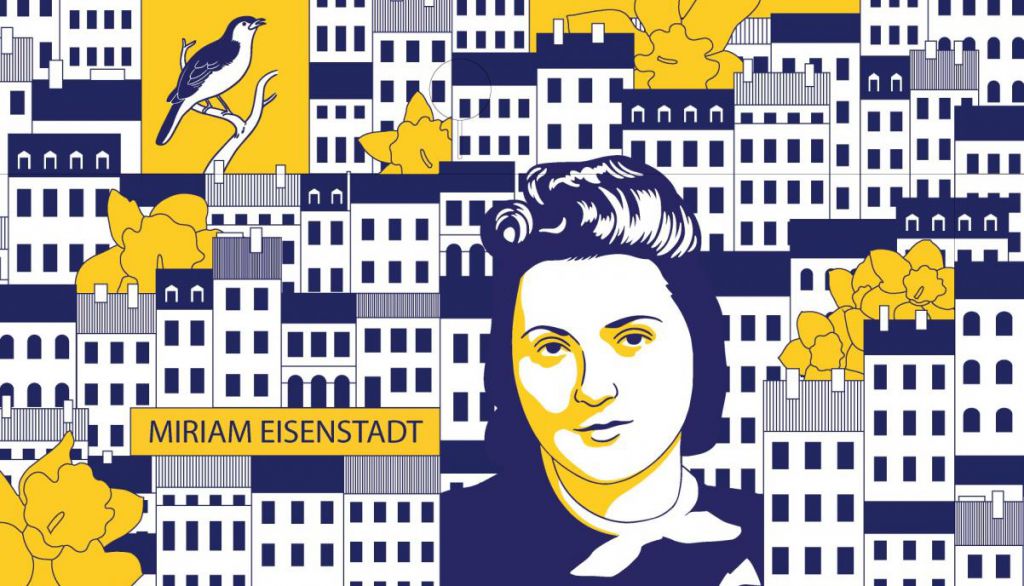
Meet Individuals depicted on the mural link
On 19 April 1943, fighters from the Jewish Fighting Organization (ŻOB) and the Jewish Military Union (ŻZW) mounted armed resistance against German troops who liquidated the ghetto. It was the last act of the tragedy of Warsaw Jews, mass-deported to the Treblinka German death camp. The Uprising lasted less than a month, and its tragic epilogue was the blowing up of the Great Synagogue in Tłomackie Street by the Germans. It was then that SS general Jürgen Stroop, commanding the suppression of the Uprising, who authored the report documenting the course of fighting in the Ghetto (now in the resources of the Institute of National Remembrance) could proclaim that “the Jewish district in Warsaw no longer exists.”
About 700 young Jewish fighters participated in what became known as the Warsaw ghetto uprising. During the uprising, the civilian population in the ghetto also resisted German forces by refusing to assemble at collection points and burrowing in underground bunkers.
At least 7,000 Jews died fighting or in hiding in the ghetto. Approximately 7,000 Jews were captured by the SS and police at the end of the fighting. These Jews were deported to the Treblinka killing center where they were murdered.
After the Warsaw ghetto uprising, the SS and police deported approximately 42,000 Jews to forced-labor camps and to the Lublin/Majdanek concentration camp. Most of these people were murdered in November 1943 in a two-day shooting operation known as Operation Harvest Festival (Erntefest).




